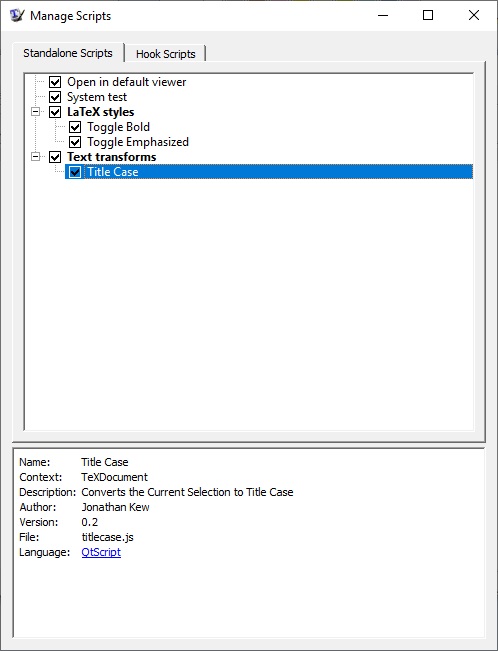

Of course it’s up to your personal preference, but most of the time, I’ve found that the second table is much more readable and easier on the eye than the first table.Īfterwards I’m also going to show you, how to do some more elaborate things such as having rows and colums spend multiple cells as well as orienting tables sideways on the page (useful for tables with many columns) and how to have tables span multiple pages (useful for tables with many rows). At first we’re going to create a simple table like this:Īfter showing you how to modify this table according to your needs, I will also show you how to make your tables prettier and turn the table above into this: In this tutorial we’re going to learn how to use the table and tabular environments to create tables in LaTeX.

Perhaps you are using your template for a certain class that often uses matrices or a mathematical symbol with a long name.Are there any new commands that I will want to create?.You may also want include certain structures in the document, for example if you were making a lab report you may already include all the sections the report requires (Introduction, Experimental Setup, Results, Conclusions, etc.). You can save time by incorporating certain common elements into you preamble such as title, author, and date.How do I want the document to be structured?.Its better to have extra packages than not enough. One of the best reasons to have a template is that you won't have write the preamble every time you start a new document, therefore it is very important to include all the packages you will need.What packages will I need for the documents I am making?.if you want sections use article but if you want chapters use book). It is also important to recognize which document best suits your needs (i.e. It doesn't make sense to have a template if you will need to change the document class often.What document class will I need and will this ever change?.When creating a template there are several important questions to ask yourself: A more advanced LaTeX user may also want to consider creating their own template.
#TEXWORKS TUTORIAL SOFTWARE#
If the template you are looking for is not built into the software you are using there are online resources such as LaTeX Templates where you can download templates for a variety of purposes. In this case you would need to create your own template file, but you would not have to worry that you might accidentally save over it. TexMaker on the other hand, under file, has the option "new by copying an existing file". TexStudio comes with a number of preprogrammed templates but also allows you to add your own. In TexStudio for example under "File" there is a "new from template" option. Different front end software have different methods for using templates. It is important to make sure that you do not save over the template as you create the new document as this would destroy the template file.

If you are not using any front end software a template would simply be an already written .tex file you used to start your document. How to use a template depends on what program you are using to write your LaTeX code. In these cases a template will create consistency between documents and greatly simplify the creation of the document. Templates can be very useful when there are certain documents types you need to create often such as class notes, homework assignments, and lab reports. A good front end LaTeX software package will contain at least some standard templates for different document types such as articles, beamers, and books, a great one will also let you create your own template.


 0 kommentar(er)
0 kommentar(er)
